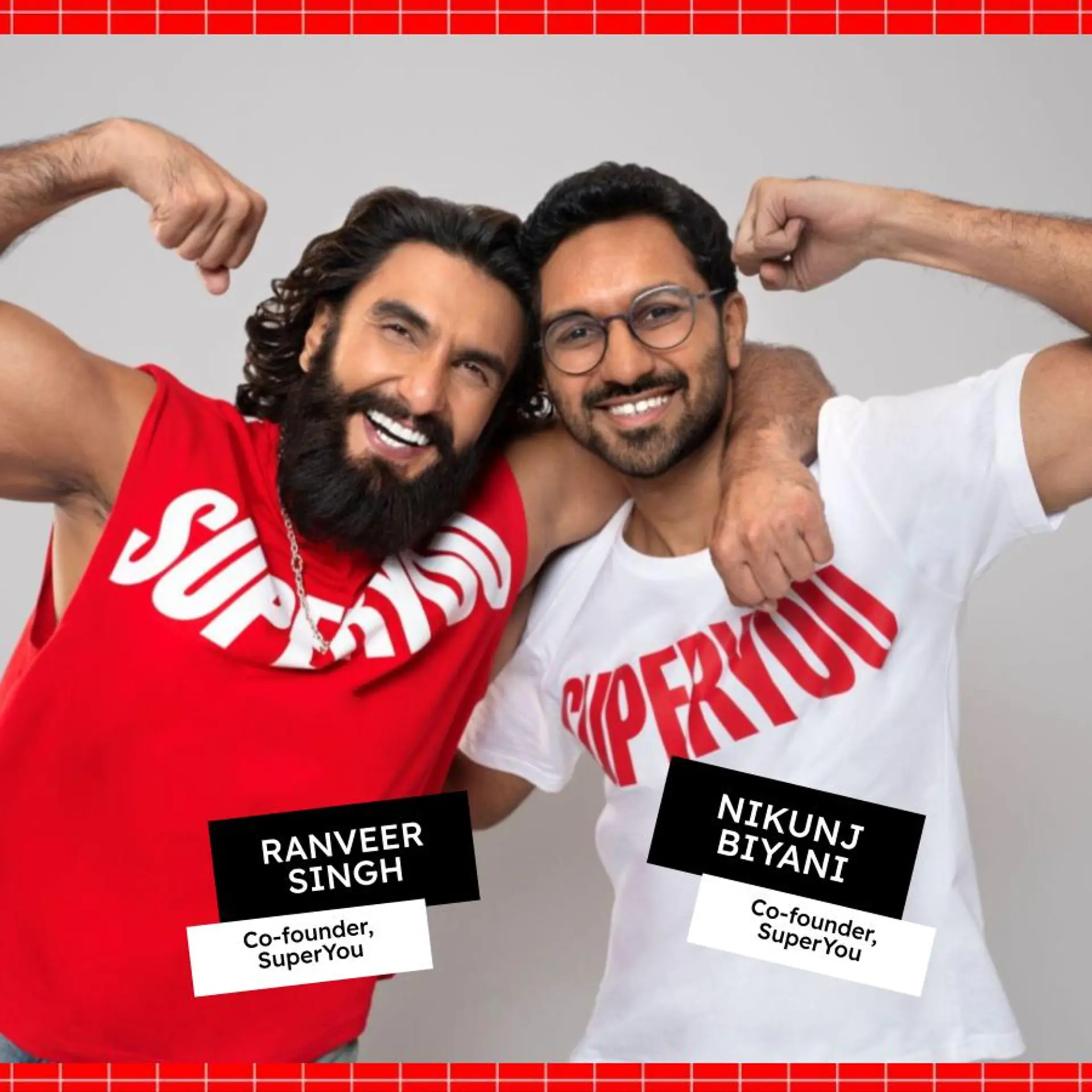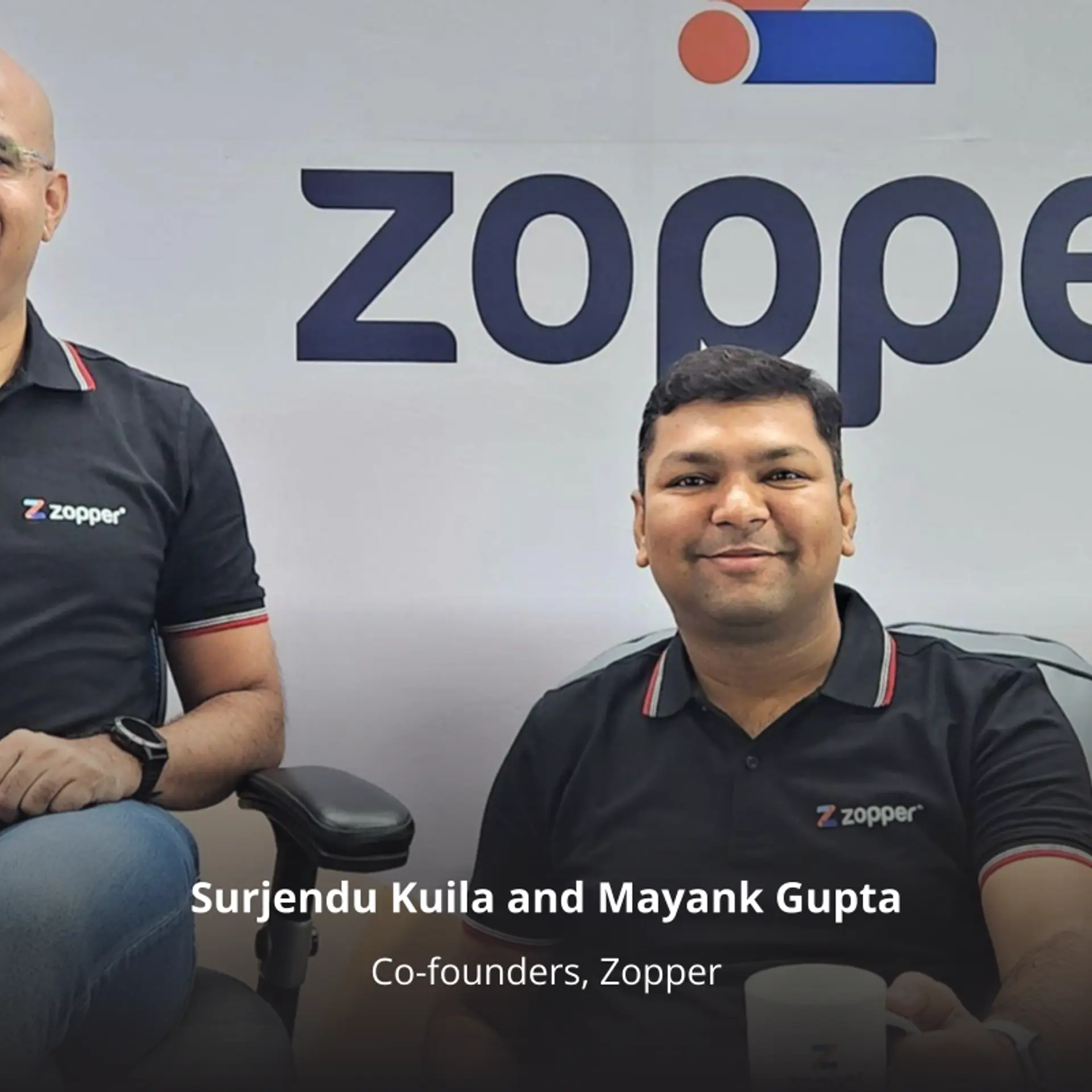Changing your logo? Here’s what to expect
Change is constant. We have grown up listening to this phrase. Its true meaning, however, evades us until change is expected from us. When it comes to startups, change becomes the norm of life. While some changes are expected, thus placing one in a better position to deal with them, others come with their characteristic complexities. One such change is a change in the company logo. Whether the reason is to keep up with the times or to reflect policy amendments, changing one’s logo is followed by a period of uncertainty and risk. But isn’t that what entrepreneurship is all about? While uncertainty and risk go hand-in-hand during the logo change process, the result can be worth it all.

Image : shutterstock
The best way to make this change as smooth as possible is to analyse startups which have changed their logos over a course of time and the results it generated. However, before we get into the elite list, let’s understand a few aspects that’ll accompany the change.
The logo is the caste and creed of your business, and when you choose to tamper with your identity, users can question your intent. Setting these questions to rest must be your first priority. Here are a few examples that you’ll hear echoed across town when you change your logo.
- Why did they change their logo?
- Were they not sure of what they wanted in the first place?
- What if this is the first of many?
- Can I trust their business now?
- Wasn’t their previous logo way better?
- I don’t understand what they are trying to say!
This volley of questions can come to you through social media, well-wishers and almost anyone who believes in voicing their opinions aloud. Not knowing how to answer them can tarnish your reputation and affect your credibility. The solution to this involves brainstorming with those who are in support of the change and those who aren’t. Listening to both sides can help you weigh the chances of your new logo’s reception better. Once the pros and cons have been discussed among members of the startup, it’s time to turn to an advertising agency.
This step alone can be the make-or-break moment for startups. If your funds don’t allow you to hire an excellent firm, delay the change. However, if the funds support your decision, you must use a hawk-eye perspective in narrowing down the right agency. Once you find one, make sure you engage them in all discussions that take place so that they can be on the same page. Next, allow them to improvise on your briefing. Great work in the name of great change takes place only when there is mutual respect between the client and the agency. Once both parties arrive at a mutual understanding of what is expected, magic begins to happen.
Once the new logo is finalised, it must be shared with the world. The best way to do this is by organising a gala launch event and inviting stakeholders, investors, media and potential clients. By doing so, you are also putting all kinds of doubts and queries to rest. This will make you the person-in-command of their business and make people want to trust you.
Now that we have understood how to go about changing the logo and why, let’s look at a few startups that have changed their logos over time and managed to retain their original intent.
Flipkart
India’s largest e-commerce portal has changed its logo eight times since its inception in 2007. Some of the things that remained unchanged are their use of lowercase lettering and the choice of font. This has managed to convey the courage with which the company came into existence. The change has done them good. From its earlier oversimplified version, they managed to become stronger and bolder with every new logo. The present logo maintains a mild distance between the brand name and the image/illustration of a shopping bag. The colours (name in white and bag in yellow) merge well, while the italicised letter f in blue on the bag stands in sharp contrast with the rest of the logo. It works on many levels and, as time passes, we predict the name Flipkart to go off the logo completely.
Zomato
If the image that springs to your mind is of a spoon lying horizontally on a red square, Zomato has its advertising agency to thank for it. The logo stands out for its simplicity. However, the message was not always conveyed so easily. From the overused apple (with striations) in its first appearance, to a rather ugly Z plastered on a black square to a slightly more appealing (and confusing) forked heart, it took Zomato eight years to give its logo its true identity. In retrospect, eight years seem like a lifetime to be spent on finding the right logo, but that’s the amount of research real change can sometimes command.
Myntra
Myntra started as an online portal offering personalised gift items. This has changed since, and today Myntra is one of the most popular online fashion retails brands. The change in logo in Myntra’s case was vital, and the company got it right in two swift rounds. The first logo (since it became an online fashion retail store) displayed transparent wings of playful colours spelling the brand’s name. The latest logo seems to have picked up from where the first one left. The name has given way to the letter M which retains properties of the last logo but is now in 3D. While we miss the dance of colours that the first logo offered, the new logo is surely sharper and edgier.
Where we come from gives us a sense of belonging. But there are many who find their belonging outside of their place of origin. When it comes to logo change, it helps to be more practical than emotional.







